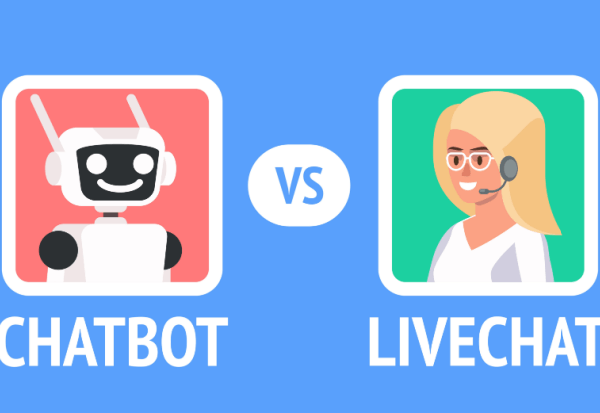The intersection of education and technology is driving new ways of personalized learning, course development and student engagement with analytics taking center stage.
We have all probably heard by now that “data is the new oil” and while there might be a smidge of hyperbole in that, it is safe to say that we have never had access to as much data as we do now. The world of education is no different and in a rapidly evolving ecosystem that is characterized by virtual or blended learning models, analytics can play a significant role in improving decision making and learning effectiveness across the value chain.
While students are likely to be one of the major beneficiaries of advanced learning analytics, its application can prove to be equally effective across various other functions like admissions, marketing, course development, recruitment, and alumni relations. However, let us start at the heart of the matter and understand how analytics can help improve student performance.
GENERATING IMPROVED LEARNING OUTCOMES
As learning becomes increasingly virtual, it is now more important than ever to use reinforcement or assurance mechanisms to validate that learners are on the right path towards achieving desired outcomes. Learning analytics is just what the doctor ordered as you can now capture critical learning events like – time spent on a page, consumption of video or audio content, assessments attempted or the quality of assignments turned in. While an ocean of such data can be captured with ease, it is important to leverage a learning analytics platform that can receive and process such data to provide intelligent insights at scale.
Today’s hyper competitive environment requires learners to accentuate their strengths and extract the most out of their talents. For instance, in the world of time bound competitive exams, a fine line distinguishes the great from the very good and finding that extra minute or two can make all the difference. Advanced analytics can be applied during mock tests to determine areas of strength and chart out the order in which questions are to be attempted to maximize performance.
THE ROLE OF AI IN PRODUCING CUSTOMIZED AND CURATED LEARNING CONTENT
There has been an uptick of AI in curating content as NLP based algorithms help in automatically aligning learning content that is delivered in the form of engaging bite sized capsules over mobile devices. This along with conversational EdTech and social P2P learning has resulted in creating Spotify like content that is experiential, informal, and highly shareable.
ANALYTICS OUTSIDE THE CLASSROOM – COURSE DEVELOPMENT, ENROLLMENT, RETENTION AND GROWTH
Beyond the classroom, the insights captured about learner behavior can help in course development to ensure courses are closely aligned to the specific needs of learners. The boundless information captured from a learning analytics platform can be used to generate rich metadata that helps in determining the type of content best aligned to a curriculum and identifying the optimal mode of delivery. The magic really happens when the content profile is matched with the learner profile as the adaptive nature of a learning platform enables learners to choose the content best suited to their needs and attain the required proficiency.
Advanced analytics can bring about tremendous upside in the administrative side of the education world as well. Admissions and enrollment officers can use insights provided from analytics to build an ideal target persona by collating varied types of demographic information. Marketing efforts can then be aligned to focus on these specific clusters that have the highest probability of converting into subscribers or students.
In a world that is inundated with distractions, using advanced analytics is key to ensuring high levels of student engagement. It can lead to discovering red flags and coaching at risk students who otherwise may have dropped out eventually.
In addition, diving deep into available data and leveraging analytics can also help placement officers, academic planners, course developers and even alumni relations teams to make more informed and timely decisions that tap into patterns that might just be invisible to the naked eye.
I believe we are at an inflection point in the way education is conceptualized, created, and consumed. The advent of digital technologies and the convergence of AI, immersive learning and blockchain will further empower learners, instructors, and facilitators to chart a bold new future of EdTech that makes learning increasingly immersive, personalized, and memorable.

is the Exec. Vice Chairman & CEO – Product Engineering Services (PES). He joined our Company on August 8, 2011. He holds a bachelor’s degree in engineering from Birla Institute of Technology and Science and a masters’ degree in management from the Indian Institute of Management. He has 20 years of experience in the software industry. Prior to joining our Company, he was associated with MindTree Limited.








